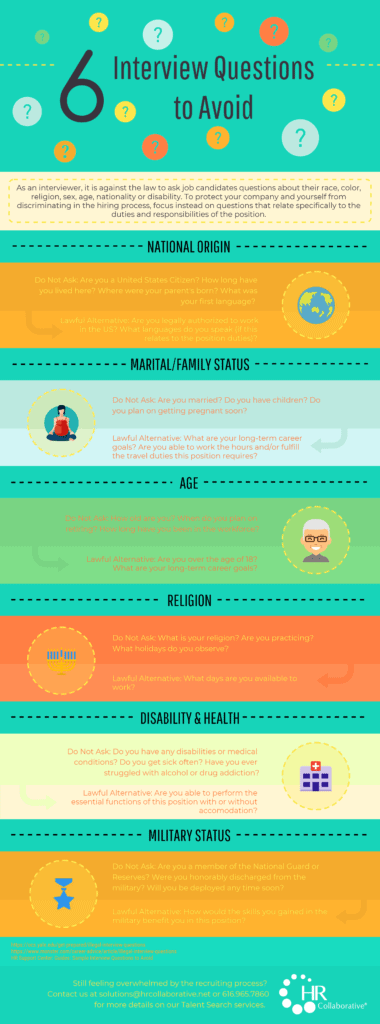How to Become an Employer of Choice

With the labor market flipped on its head, companies are finding it harder than ever to attract the talent they need to succeed. While there is no magical solution to solving the talent gap, there are proactive steps HR can take to attract the best talent for the role.
Being a Talent Attractor
Traditionally, companies have posted on job boards and newspapers, hoping that the right talent will stumble across the post and find them. But today, it isn’t enough to simply hope your job posting will be found or that a potential job seeker will decide to apply. Companies wanting to recruit top talent will need to become more proactive when it comes to recruitment.
Attracting talent isn’t just posting on job boards, but creating a reputation that pulls the right people with the right skills to your organization. This attraction is created through employer branding, leveraging social media, and utilizing recruitment technology to meet your talent where they are at.
When a company is a talent attractor, they are setting themselves up for long-term sustainable growth, instead of constantly working to fill spots and finding talent unicorns.
Practice Steps to Becoming an Employer of Choice
Employer Branding
HR isn’t the Marketing team, but they are one of the first brand impressions for many job seekers. HR has a significant impact on the talent’s awareness and affinity for the organization.
By providing a quality hiring experience, HR creates the foundation of the workplace culture and what employees can expect. On the other hand, if HR is unresponsive, late to interviews, or goes quiet for weeks before extending a job offer, HR is damaging the brand’s reputation. A potential employee sees these negative interactions as indictive of the brand and not only will they bow out of the process, they may actively dissuade others from becoming a client or customer.
Authenticity as an Employer
The word ‘authenticity’ gets thrown around a lot, but it can be a valuable signpost. Being authentic, as an employer, is simply to be open and honest about the experience of the organization. If your company is formal or casual, communicate that expectation to applicants. Don’t leave them guessing.
When HR sets expectations and backs up those words through their actions, HR gives potential employees knowledge of what it will be like to work at the company. This clear communication is key to retaining new talent. Candidates will already know whether they are a good fit for the company’s culture from the first interview, instead of discovering a mismatch their first week.
Leveraging Social Media
Social media isn’t just for posting work memes and cat gifs, it’s a key tool to attract talent in today’s labor market. Sites likes LinkedIn or Facebook are an invaluable opportunity for reaching new audiences, especially those who aren’t actively job hunting.
Social media also offers a chance to attract candidates with your values and a likely stop for most job hunters looking to understand what you’re all about. Consistently highlighting what makes your organization different, either by focusing on the organization’s purpose, benefits, or work—you’re more likely to get the right talent for the right role, a recipe for long-term retention.
Jumping on Viral Trends
Trends are an easy source of ideas, but HR must use caution when using them. Some trends may not align with the business branding, or may be unintentionally harmful against already marginalized groups.
Following the latest trends does allow HR to connect on a personal level with talent in those interest groups. If you are looking to hire machinists, you can quickly connect to them on their level by being aware of the cultural trends and memes they are passing around in their circles.
In addition, HR must go where the talent is. This could include creating TikToks showing off what it’s like to work at the company, unique benefits, as well as what makes the organization the better choice for candidates to invest themselves with.
Just remember, listen before jumping in.
Recruiting Technology
For small teams, leveraging recruiting technology is a game-changer. By streamlining HR’s workflow with automated tools, you free up your time and your workload.
Look for tools that can take repetitive tasks off your plate. There are many free programs out there you can combine to create a productive workflow—and many of the most popular tools have free plans that may provide trimmed down options to help you out, all without spending a dime. You can then trial their effectiveness before deciding to invest.
In addition, review what you already have access to. Many platforms have additional resources, templates, and more to help lighten your workload, like templates, guides, and free resources. Though, remember that templates and guides may need to be adjusted to your organization’s industry and adjusted to remain compliant.
Thoughtfully using AI in Recruiting
From helping to create job descriptions to powering ATS chatbots, AI is a becoming table stakes tool for recruiting.
When used thoughtfully, AI tools can also be used to improve the candidate’s experience. An AI chatbot can act as a quick point of contact to answer simple questions, like what benefits are available, to even scheduling time for meetings at a faster pace than emailing back and forth. However, candidates will chaff when the only person they talk to is an AI chatbot or automated replies that doesn’t answer their questions or make the hiring process more difficult on their end.
HR must also keep in mind that while AI is only going to improve, there is potential for the tools to amplify biases already in their processes. Amazon trained an AI to help them hire, but eventually scrapped it because it was trained on data that was biased against hiring women. AI has high potential for attracting talent, but HR must be vigilant when it comes to how it interacts with their candidates.
Attracting Talent in 2024
The talent is out there. Instead of trying to find it, HR should focus on how to attract it. Through employe branding, social media, and recruiting technology, even small teams can demonstrate why candidates should work for them. By leveraging your organization’s culture with the spaces that your talent is in, you create a deep and powerful hook that pulls the right talent to the right roles.
Share This Article
































































































